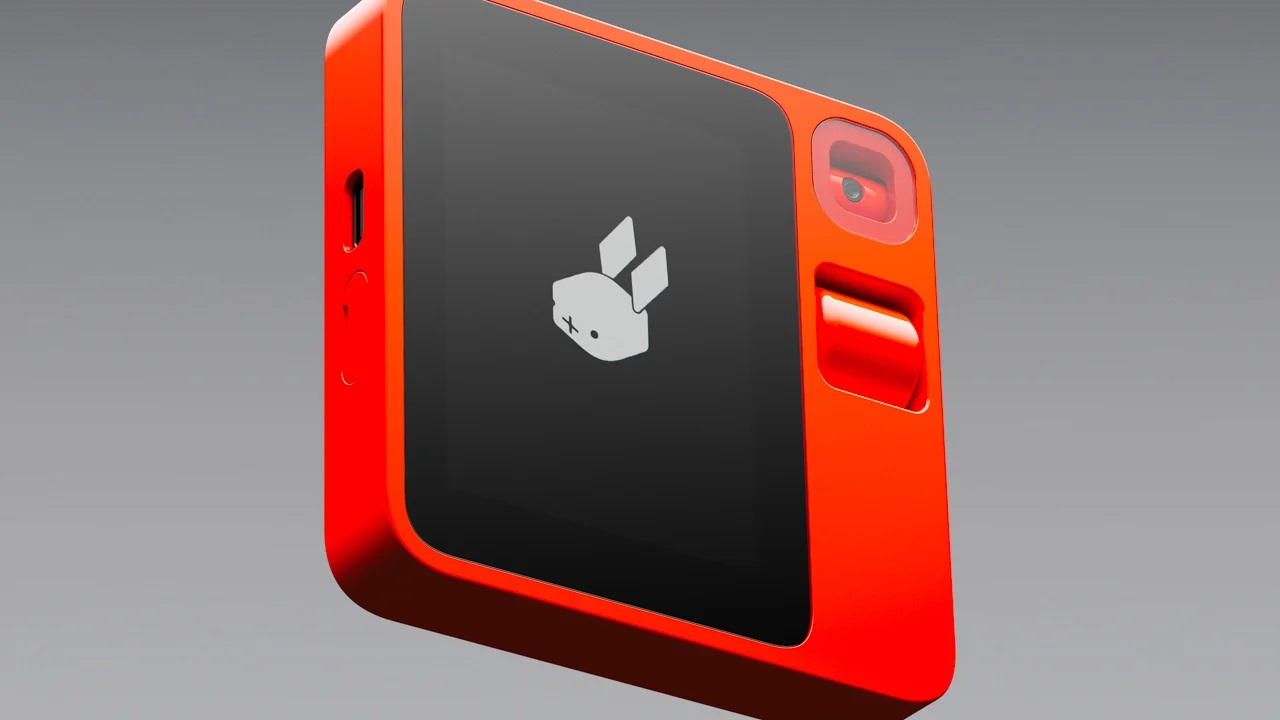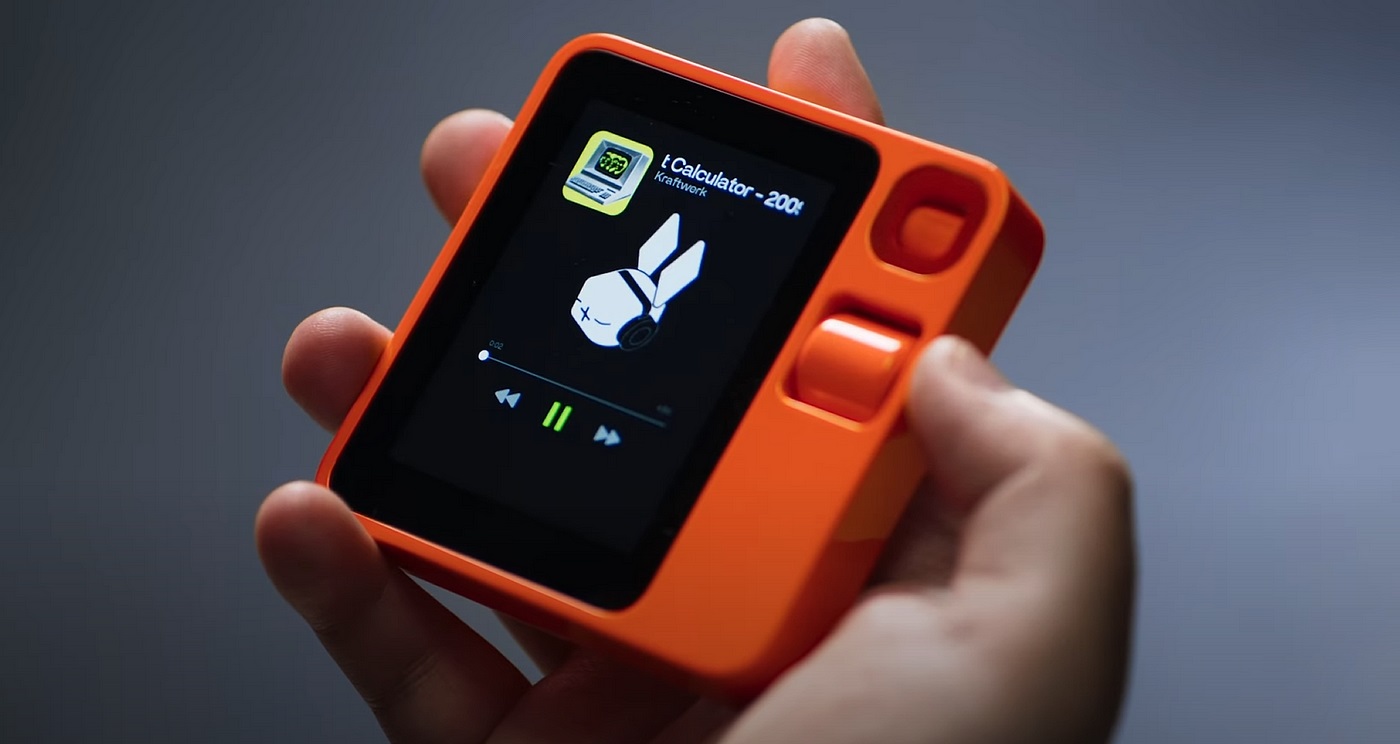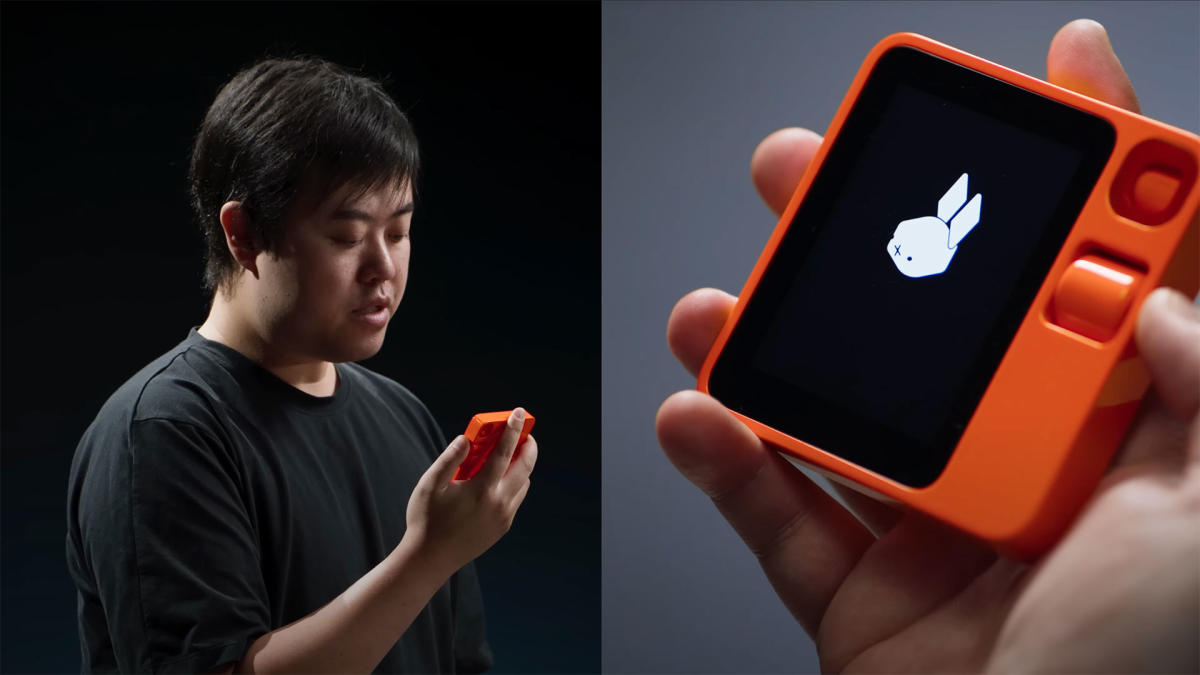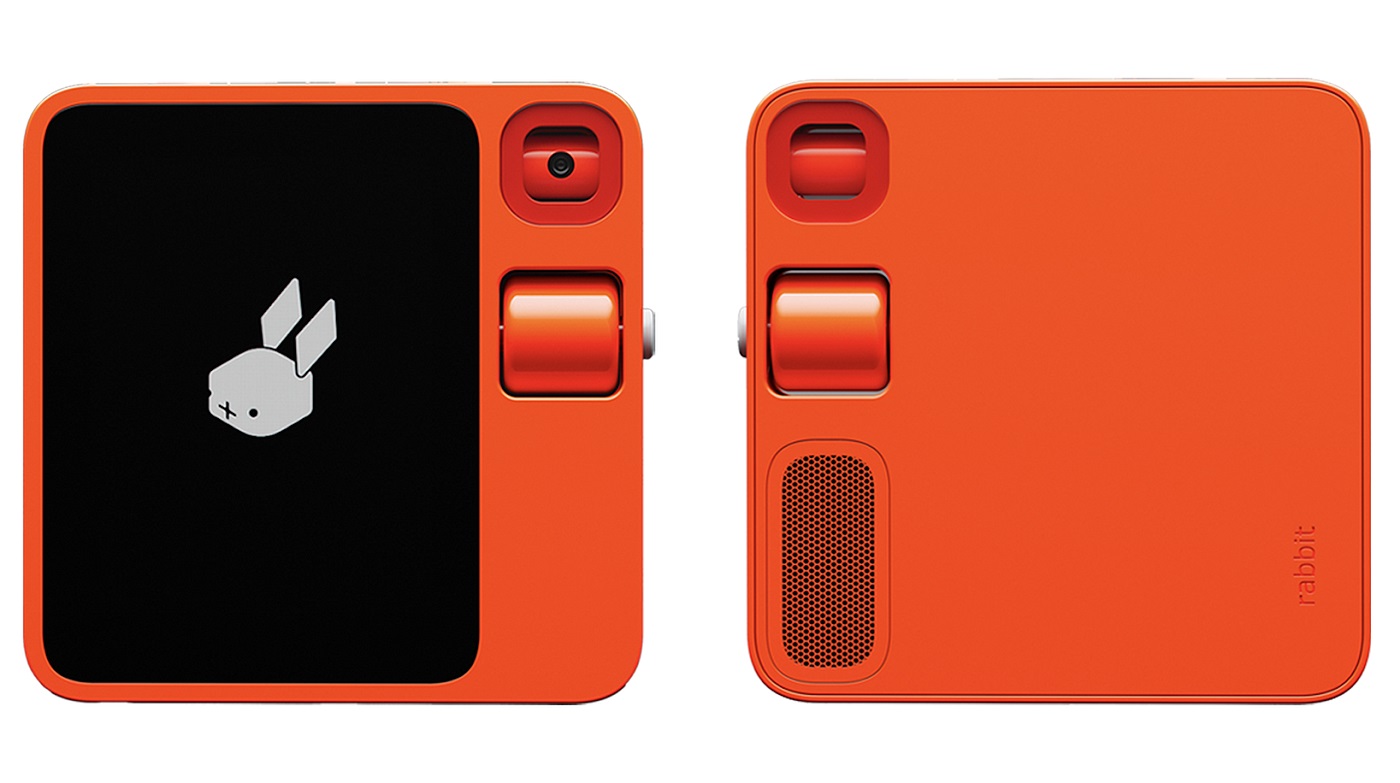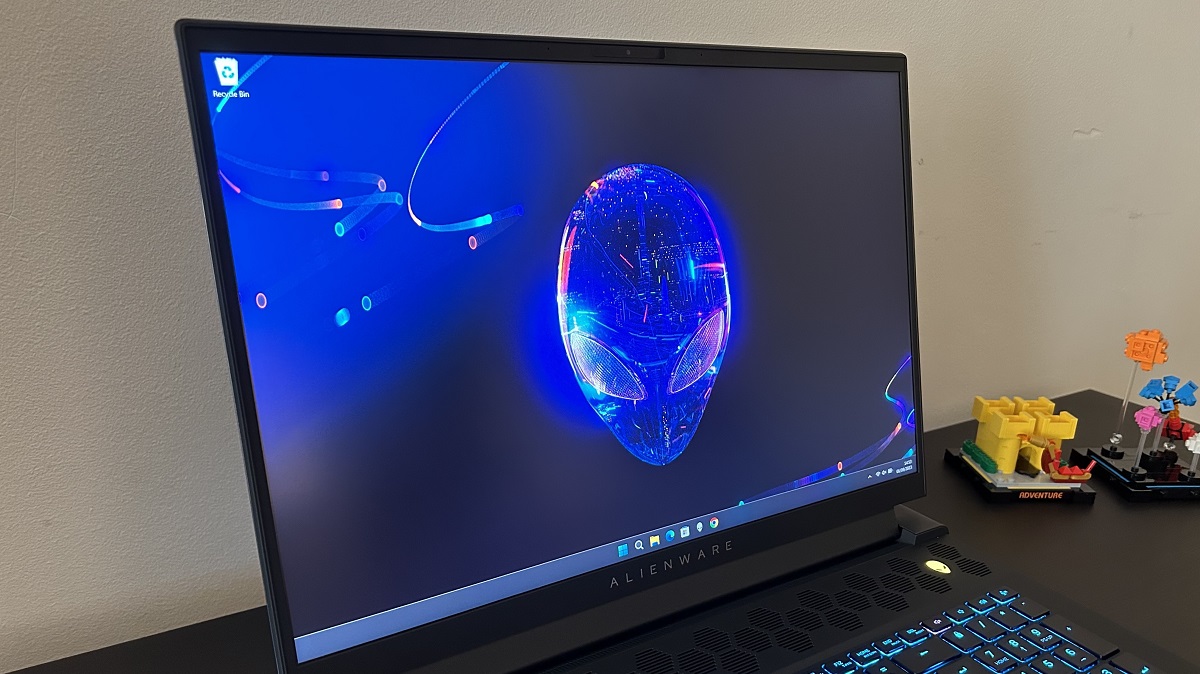In a world filled with AI-enabled gadgets, the rabbit r1 stands out with its unique design and functionality. Priced at $200, this pocket-sized device aims to simplify everyday tasks and reduce the reliance on smartphones.
Key Takeaway
The rabbit r1 introduces a fresh perspective on virtual assistance, aiming to simplify everyday tasks through natural language interaction and a unique approach to app navigation.
Rabbit R1: A New Approach to Virtual Assistance
The rabbit r1 is designed to streamline simple tasks such as ordering a ride, finding nearby restaurants, or searching for accommodations. The device operates on natural language commands, allowing users to perform these tasks without the need to navigate through multiple apps on their smartphones.
The company’s CEO, Jesse Lyu, emphasized that the r1 is not intended to replace the smartphone but rather to provide a more efficient solution for specific tasks. By leveraging large language models, the r1 aims to offer a universal solution for accessing various services through natural language interaction.
How Rabbit R1 Differs from Traditional AI Assistants
Unlike traditional AI assistants like Siri and Google Assistant, the rabbit r1 employs a different approach. While existing assistants rely on APIs to interact with specific apps, the r1 utilizes a “large action model” trained on screenshots and videos of common apps. This enables the device to navigate apps and websites in a manner similar to how a human would, without being limited by official API connections.
The r1’s ability to learn and adapt to new apps sets it apart from conventional AI assistants. Although the device currently supports a range of common apps and services, the company claims that the r1 can learn to interact with new apps by observing user interactions.
Challenges and Competition
Despite its technical capabilities, the r1 faces challenges in the competitive AI market. With tech giants constantly advancing their machine learning capabilities, the r1’s viability in the long run remains uncertain. The company acknowledges the potential threat posed by larger competitors but remains committed to its unique approach.
While the rabbit r1 offers a novel take on virtual assistance, its success will depend on user adoption and the ability to compete with established AI ecosystems. The device is currently available for pre-order, with shipping to the U.S. expected to commence at the end of March.







